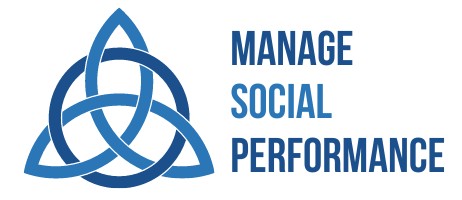A GEMM of an idea grounds performance
By Zoe Mullard and Janis Shandro
There is no shortage of reporting frameworks you can use to demonstrate social and environmental performance. But how do you know which ones are credible?
 That was one of the key questions debated last week at the annual Global Exploration, Mining and Minerals’ (GEMM) Implementing Responsibility and Sustainability in the Mineral Sector event in Vancouver. Over two days, people – mostly from the America’s – reviewed the last decade’s standard setting for corporate responsibility in the mining industry. Our conclusion? Although the discussion generated some great thinking about how to choose a credible performance standard, there was little emphasis on emerging global markets that must also be included to better understand performance standards role in resource management.
That was one of the key questions debated last week at the annual Global Exploration, Mining and Minerals’ (GEMM) Implementing Responsibility and Sustainability in the Mineral Sector event in Vancouver. Over two days, people – mostly from the America’s – reviewed the last decade’s standard setting for corporate responsibility in the mining industry. Our conclusion? Although the discussion generated some great thinking about how to choose a credible performance standard, there was little emphasis on emerging global markets that must also be included to better understand performance standards role in resource management.
Key questions that emerged included:
- How do you know which standards are effective, and who are they effective for? Industry’s needs are often different from those of people in communities or from investors.
- Which standards lead to changes in behaviour on the ground?
- Do reporting standards actually lead to accountability? If so, how?
During GEMM, the Initiative for Responsible Mining (IRMA) presented an impressive list of 41 standards, guidelines, frameworks and policies used by the mining industry.1 With so much choice it’s no wonder that it’s not always clear which ones are credible. However, the discussion generated these seven criteria you can use:
- Good governance – Performance frameworks must be structured and supported by governing organizations.
- Accreditation – Ideally, an external auditing group regularly reviews performance and certifies the results.
- Co-ownership – Credible standards are validated by multiple stakeholders, including civil society, international organizations and governments. For example, the Extractive Industry Transparency Initiative (EITI) brings multi-stakeholder membership that includes government, civil society, companies and institutional investors who oversee the process.
- Transparency and Effective Information Sharing – Credible standards provide comprehensive performance results in a format that is understandable by companies, communities, investors and civil society groups. This requires establishing qualitative and quantitative key performance indicators (KPIs) that answer questions about performance, rather than create further complexity.
- Being Site Specific – A credible performance review happens at the site level, where social and environmental issues emerge. Several frameworks, such as the International Finance Corporation’s Performance Standards on Environmental and Social Sustainability (IFC PS), Equator Principles, Toward Sustainable Mining (TSM), and the Global Reporting Index (GRI), require site-specific information. However, sometimes there is a disconnect between headquarters, the drivers of such reporting, and the operations, where the rubber hits the road.
- Driving behaviour change – Credible performance reviews identify opportunities to change behaviours and reduce or mitigate environmental or social issues. Risk and impact analysis is an iterative process that identifies gaps and trends in performance and provides impetus for changing processes, structures and behaviour.
- Strengthening Civil Society Agency – The primary (and simplified) aim of all of these standards is to demonstrate how companies focus on social and environmental issues where they operate. In addition to helping companies improve their behaviours, standards should identify opportunities to strengthen civil society and impacted communities.
Meanwhile, more riveting discussions revolved around how social performance emerges in other settings. More importantly, how do these and other aspects of social performance relate to emerging global markets in Brazil, Russia, India and China? Will companies representing these jurisdictions in the future adopt one or more of the existing frameworks or will they want to establish new guidelines? Ironically, these areas represent the majority of the world’s population and their voice, participation and perception are absent.

Recent Comments